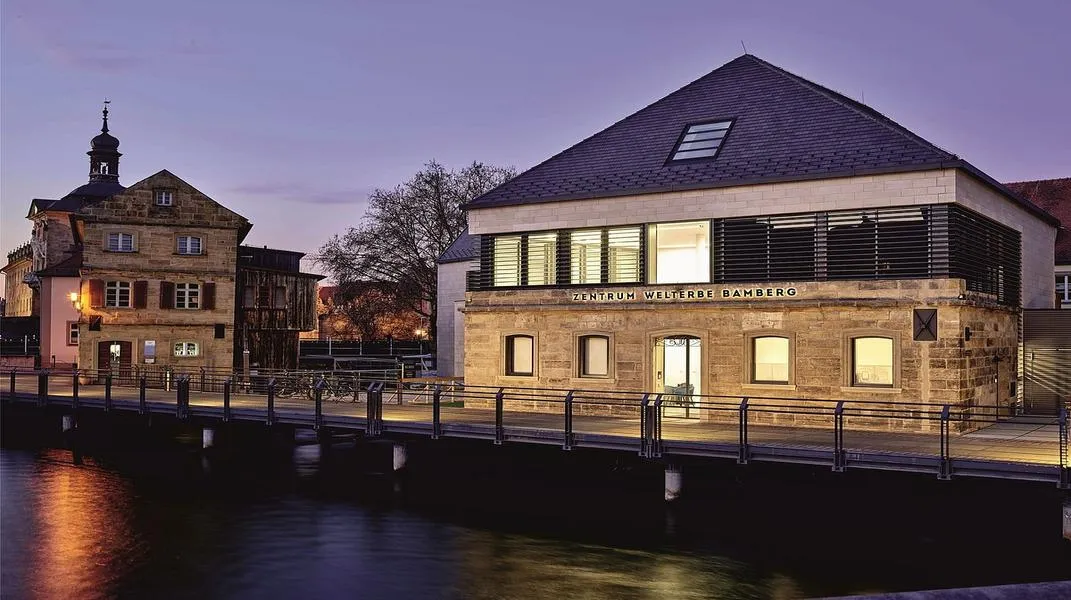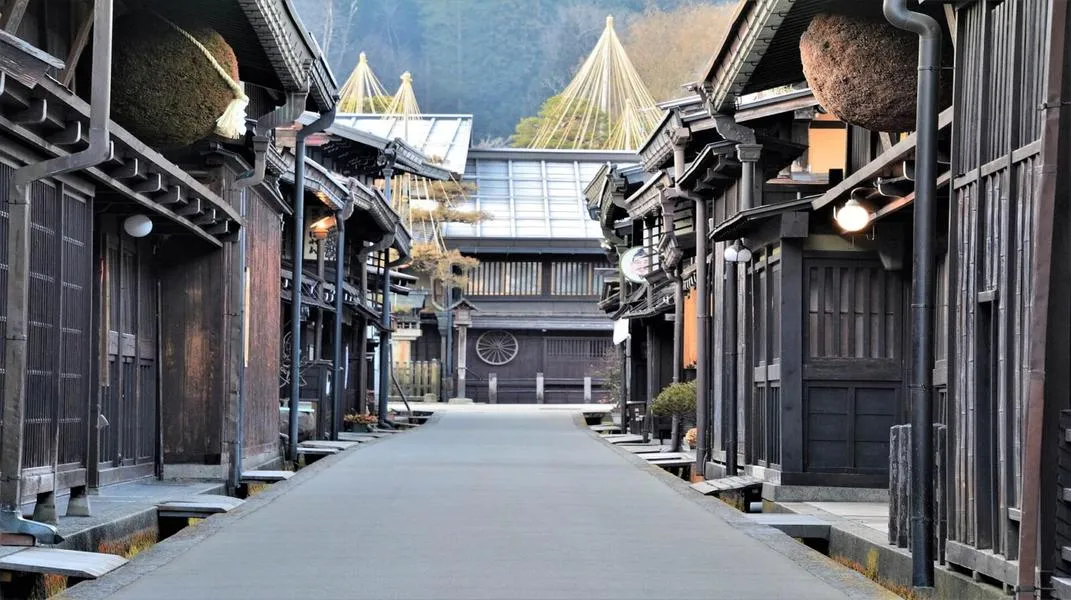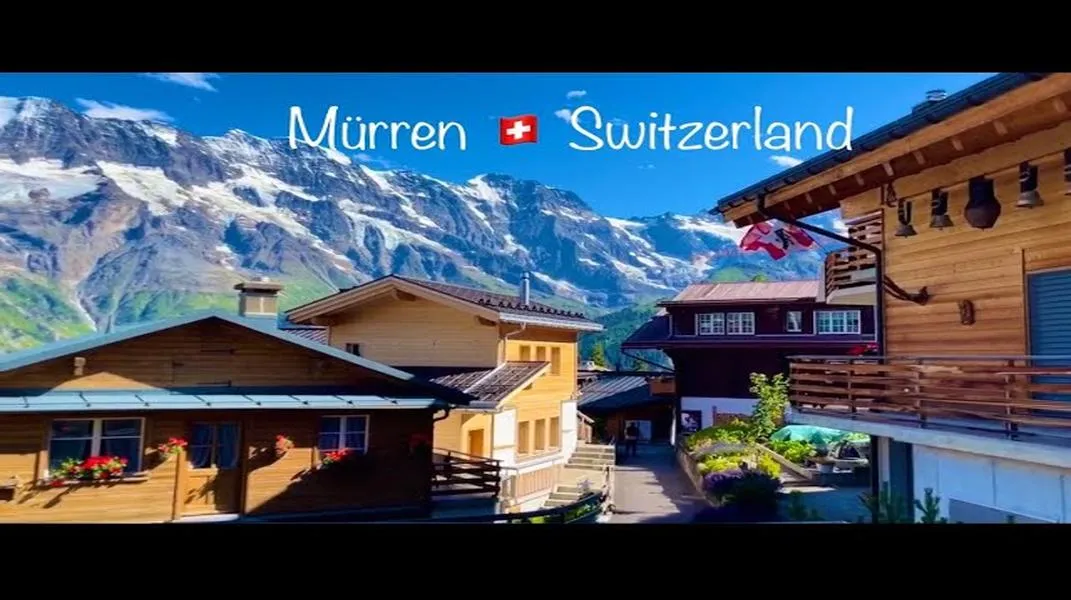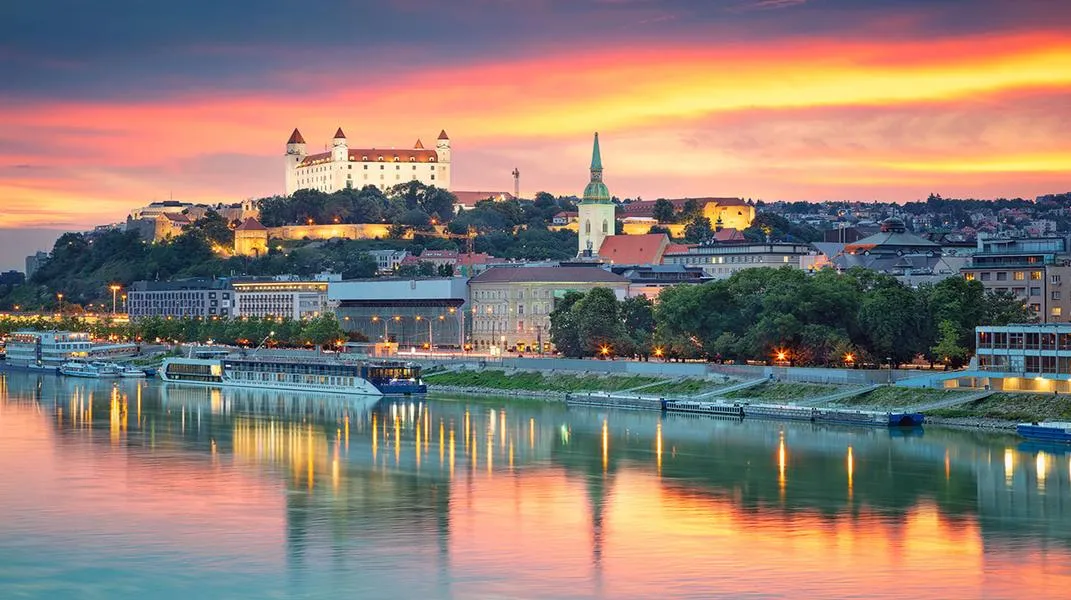Discovering Bamberg: A UNESCO World Heritage Gem
Nestled in the heart of Bavaria, Germany, Bamberg is a city that feels like a fairy tale brought to life. With its stunning medieval architecture, charming canals, and rich history, it attracts visitors from around the globe. Designated as a UNESCO World Heritage Site in

A Brief History of Bamberg
Bamberg’s history dates back to the early 11th century when it became a significant center of power in the Holy Roman Empire. The city's strategic geographical position at the confluence of the Regnitz River and its tributaries made it an important trade route. Over the centuries, Bamberg flourished as a religious and cultural hub, with the construction of grand cathedrals, palaces, and bridges.
One of the most remarkable aspects of Bamberg is its preservation. Unlike many cities that suffered extensive destruction during World War II, Bamberg remained largely intact, allowing visitors to step back in time as they wander its cobblestone streets.
Must-See Attractions in Bamberg
1. Bamberg Cathedral (Bamberger Dom)
The Bamberg Cathedral, an impressive Romanesque structure, stands as a testament to the city’s religious significance. Completed in 1012, the cathedral features four towers and stunning sculptures that adorn its façade. Inside, visitors can marvel at the intricate stained glass windows and the famous Bamberg Horseman, a life-sized statue believed to represent Emperor Henry II.
2. Old Town Hall (Altes Rathaus)
Perched on an island in the Regnitz River, the Old Town Hall is one of Bamberg’s most iconic landmarks. Dating back to the 14th century, the building is adorned with beautiful frescoes that depict scenes from the city’s history. The unique architectural design, with its half-timbered structure, makes it a perfect spot for photography.
3. Little Venice (Klein-Venedig)
A picturesque district of Bamberg, Little Venice is known for its charming wooden houses lining the riverbanks. Originally a fishing village, this area now offers a delightful stroll along the canals, with numerous cafés and restaurants to relax and enjoy the scenic views. A boat tour along the river provides a unique perspective of the city, allowing visitors to appreciate its beauty from the water.
4. Altenburg Castle
Perched atop a hill, Altenburg Castle offers panoramic views of Bamberg and the surrounding landscape. Built in the 13th century, this castle boasts a rich history and features a museum that showcases artifacts from the city’s past. The castle grounds are perfect for a leisurely walk, and the stunning views make it a popular spot for sunset.
5. Neue Residenz
The New Residence, built in the 18th century, is an elegant baroque palace that served as the residence of the prince-bishops of Bamberg. Visitors can explore the opulent rooms, including the grand ballroom and the beautiful gardens that surround the palace. The Rose Garden is particularly enchanting, offering a serene escape and breathtaking views of the city.
6. Bamberg’s Beer Culture
Bamberg is also famed for its beer culture, boasting several traditional breweries. The city is home to the famous Rauchbier, a smoked beer that is unique to the region. Visitors can take brewery tours, sample local brews, and visit the renowned Schlenkerla brewery, which has been in operation since 1405. The beer garden atmosphere, complete with hearty Bavarian cuisine, is an experience not to be missed.
7. Historical Museum
Housed in the former Dominican monastery, the Bamberg Historical Museum takes visitors on a journey through the city’s past. The museum features exhibits on art, culture, and history from the medieval period to modern times. The extensive collection includes artifacts, paintings, and textiles that provide insight into Bamberg’s rich heritage.
8. Michaelsberg Abbey
Perched on a hill overlooking the city, Michaelsberg Abbey is a former Benedictine monastery that dates back to the 11th century. Visitors can explore the beautiful baroque church and the tranquil gardens. The abbey also offers a fascinating glimpse into monastic life and provides stunning views of Bamberg’s skyline.
Preparing for Your Visit
To fully enjoy your visit to Bamberg, proper preparation is key. Here are some essential materials and tips to consider:
1. Travel Documents
Ensure you have your travel documents in order. For most travelers, a valid passport is required for entry into Germany. If you are from a country that requires a visa, make sure to apply in advance.
2. Transportation
Bamberg is well connected by train, making it easily accessible from major cities like Munich, Nuremberg, and Frankfurt. If you are driving, parking is available on the outskirts of the Old Town, but be prepared for limited parking options in the city center. Consider purchasing a Bamberg Card, which offers discounts on public transportation and various attractions.
3. Accommodation
Bamberg offers a range of accommodation options, from charming guesthouses to luxury hotels. Consider staying in the Old Town to immerse yourself in the city’s atmosphere. Booking in advance, especially during peak tourist season (spring and summer), is recommended.
4. Clothing and Gear
Bamberg experiences a temperate climate, with cold winters and warm summers. Pack accordingly based on the season of your visit. Comfortable walking shoes are a must, as the city’s cobblestone streets can be challenging to navigate. A light jacket or sweater is advisable for cooler evenings.
5. Guided Tours
While exploring Bamberg independently is enjoyable, consider joining a guided tour to gain deeper insights into the city’s history and culture. Several companies offer walking tours, brewery tours, and boat tours that can enhance your experience.
6. Language
While many locals speak English, learning a few basic German phrases can enhance your interactions. Simple greetings, thank you (Danke), and please (Bitte) go a long way in making a positive impression.
7. Currency
Germany uses the Euro (€). Credit cards are widely accepted, but it’s advisable to carry some cash for smaller establishments, especially in rural areas or traditional markets.
8. Local Cuisine
Don’t miss the chance to indulge in Bamberg’s culinary delights. Try local specialties such as bratwurst, pretzels, and various regional cheeses. Pair your meals with a glass of local beer for the full Bavarian experience.
9. Cultural Etiquette
Germans value punctuality, so be on time for any scheduled tours or reservations. It’s customary to greet people with a handshake, and saying “Guten Tag” (Good day) is appreciated. When dining, wait for the host to invite you to sit and remember to say “Guten Appetit” before starting your meal.
10. Emergency Numbers
Familiarize yourself with local emergency numbers. In Germany, the emergency services can be reached by dialing 112 for medical emergencies and 110 for police assistance.
Conclusion
Bamberg is a city that captivates visitors with its enchanting atmosphere, rich history, and vibrant culture. From walking through its medieval streets to savoring its renowned beers, every moment spent in this UNESCO World Heritage Site is a journey into a storybook world. With careful preparation, your visit to Bamberg will be an unforgettable experience filled with beauty, history, and delightful discoveries. So pack your bags, set your itinerary, and get ready to explore one of Germany’s hidden gems!




